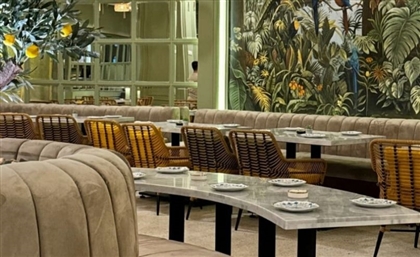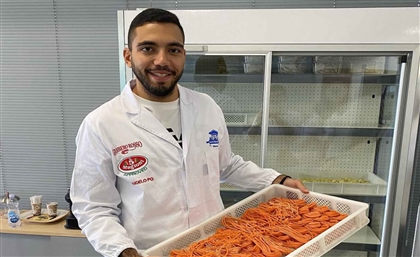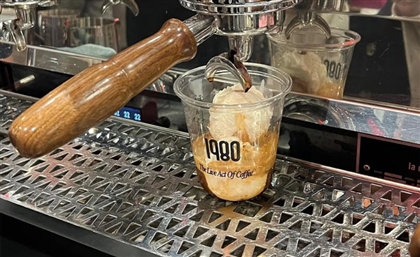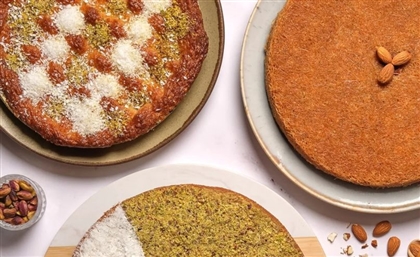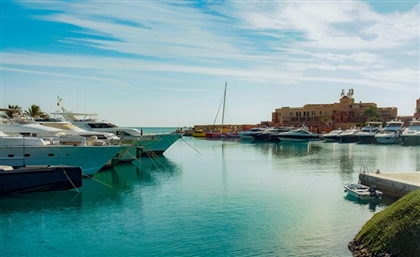Where to Find Authentic Pasta in Egypt - A Semi-Pretentious Guide
Real pasta follows centuries-old traditions—discover how it’s made and where to taste it in Egypt.
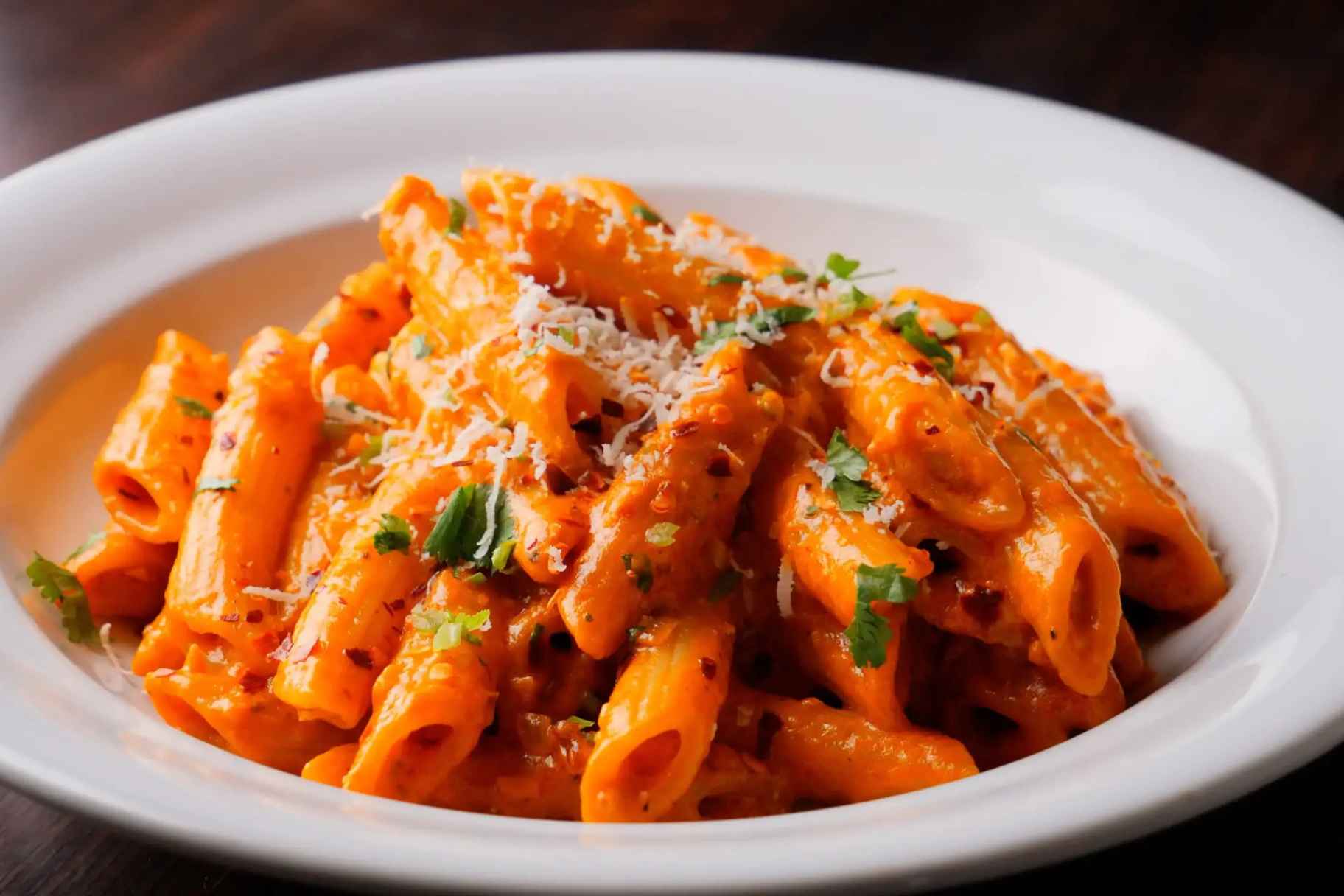
Ah, pasta. If there’s one thing I, the resident Italian chef/writer at SceneEats, know by heart, it’s the inside-out history of this most splendid dish. Like its cousin pizza, pasta is at the heart of Italian cooking, a dish so simple yet endlessly rich in flavor and character. Over the years, people around the world have put their own spin on it, but true pasta? That stays rooted in Italy, where every shape and sauce has a story. In this guide, we’re jumping straight into the real deal—how pasta is made, the regional specialties that define it, and most importantly, where to find an authentic plate of pasta right here in Egypt.
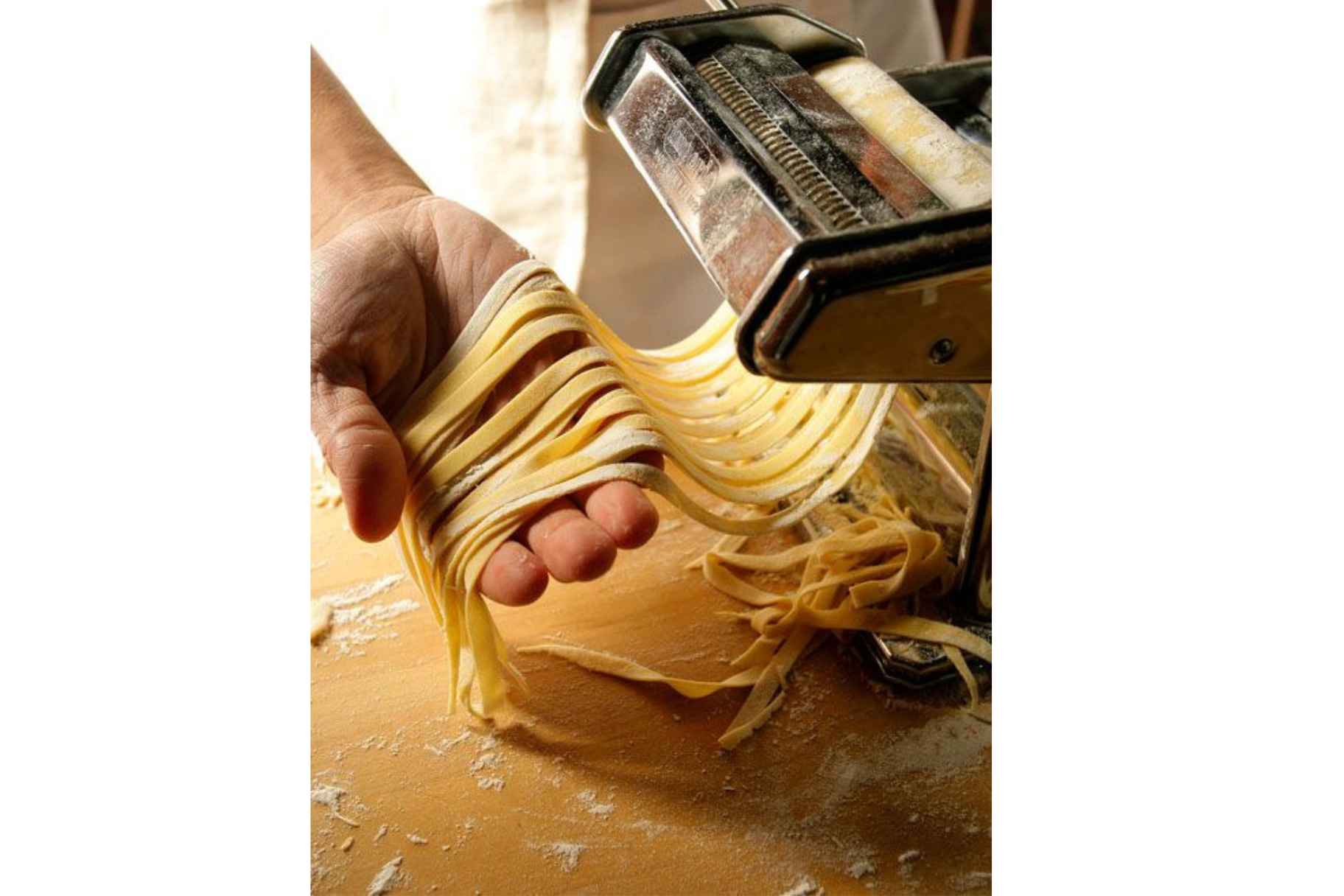
The Origins of Pasta
The history of pasta is as tangled as a bowl of spaghetti. While many cultures have their versions of dough-based dishes, the pasta we cherish today flourished in Italy. By the 13th century, dried pasta had become a staple, prized for its long shelf life and nutritional value. Each Italian region began crafting unique pasta shapes and dishes, influenced by local ingredients and traditions.
Regional Pasta Varieties
Italy's diverse landscapes and climates have given rise to a plethora of pasta dishes, each reflective of its region's character and resources. Let's embark on a culinary journey through some notable regions:
Emilia-Romagna: Often dubbed the gastronomic heart of Italy, this northern region is the birthplace of rich, hearty dishes. Tagliatelle al Ragù, commonly known as Bolognese, features flat ribbon-like pasta enveloped in a slow-cooked meat sauce. The fertile plains here provide an abundance of wheat, essential for egg-based pastas.
Lazio: Home to Rome, Lazio offers classics like Spaghetti alla Carbonara. This dish combines eggs, Pecorino Romano cheese, guanciale (cured pork cheek), and black pepper. The simplicity highlights the quality of local sheep's milk cheese and cured meats.
Campania: Encompassing Naples and the Amalfi Coast, Campania is famed for Spaghetti alle Vongole, a delightful mix of pasta and fresh clams, reflecting the region's coastal bounty. The volcanic soil also yields delicious tomatoes, essential for many local sauces.
Sicily: This island's cuisine is a melting pot of influences. Pasta alla Norma, hailing from Catania, combines eggplant (Sicily’s pride and joy), tomatoes, basil, and ricotta salata cheese.
Piedmont: On the border with France in the Italian northwest, Piedmont is renowned for its rich dishes like Agnolotti del Plin. These small, pinched pasta pockets are filled with roasted meats and savored with a sage-infused butter sauce. The region's proximity to the Alps provides lush pastures, perfect for dairy farming and quality meats.
The Dough L’impasto
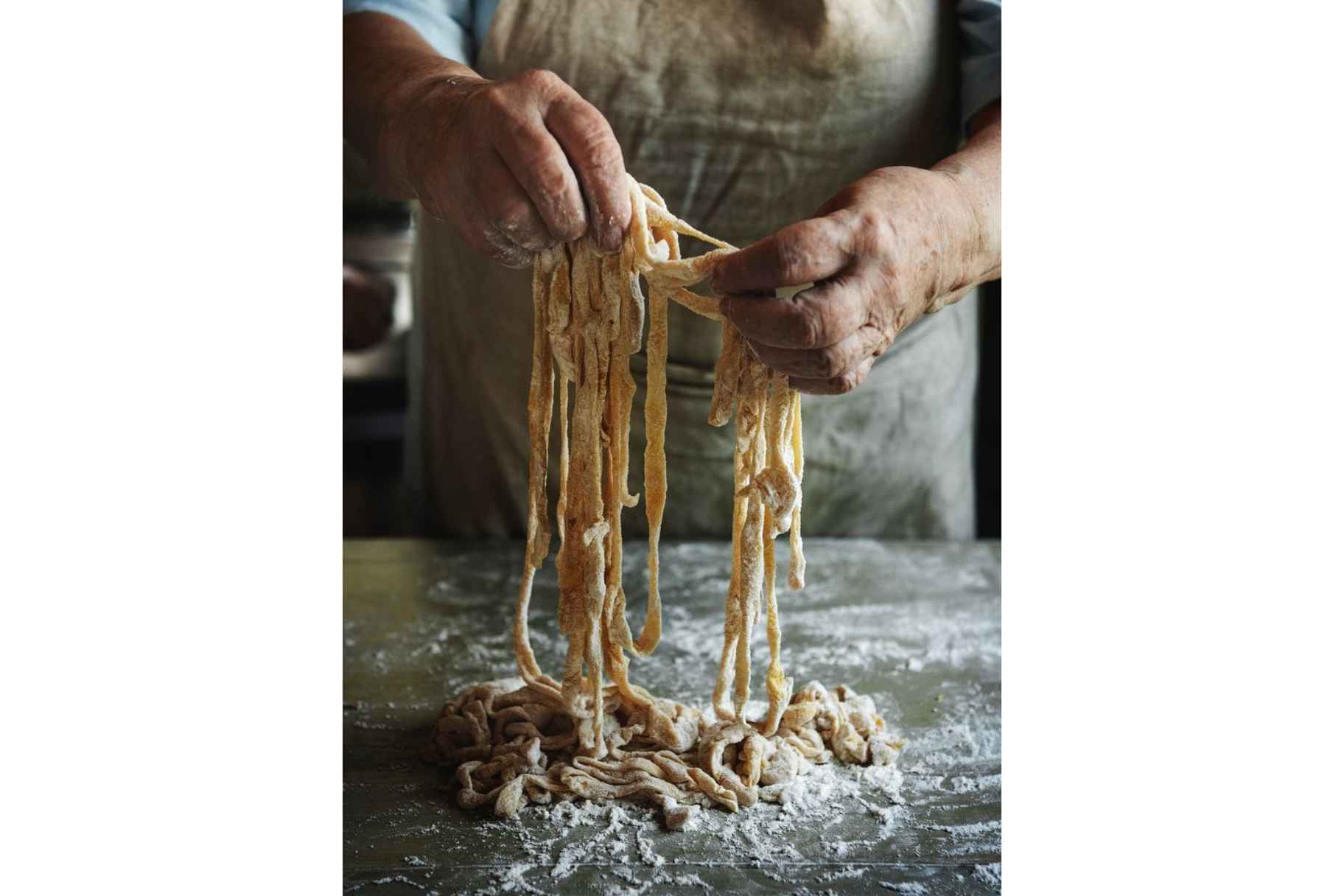
At its core, pasta dough comprises two primary ingredients: flour and water. However, the type of flour and the addition of other elements vary by region:
Northern Italy: Cooler climates favor soft wheat flours. In regions like Emilia-Romagna, pasta dough often includes eggs, resulting in a tender texture. The prevalence of dairy farming makes eggs a readily available resource.
Southern Italy: The warmer south, with its durum wheat fields, produces semolina flour. Here, water replaces eggs in the dough to produce a firmer pasta, ideal for drying and long-term storage.
The Sauce Il sugo
A pasta's character is profoundly influenced by its accompanying sauce, which varies regionally based on available ingredients:
Tomato-Based Sauces: Central and southern regions, blessed with sun-kissed tomatoes, offer sauces like Marinara and Arrabbiata.
Cream-Based Sauces: Northern areas, rich in dairy, present creamier concoctions. Fettuccine Alfredo, though often Americanized, has roots in Rome and showcases a delicate balance of butter and Parmigiano Reggiano (whatever you do, do not substitute cream for butter, per l’amor di dio).
Pesto: Originating from Liguria, Pesto alla Genovese combines fresh basil, pine nuts, garlic, Parmigiano Reggiano (you can also use pecorino sardo), and olive oil. The region's mild climate is ideal for basil cultivation.
Cheese Il formaggio
Cheese in pasta dishes serves as both an ingredient and a garnish that enhances depth and flavor:
Parmigiano Reggiano: Produced in Emilia-Romagna, this hard cheese offers a nutty profile, gracing dishes like Lasagne alla Bolognese.
Pecorino Romano: A staple in Lazio, this sheep's milk cheese provides a sharp, salty kick, essential for Cacio e Pepe and Carbonara.
Ricotta Salata: In Sicily, this pressed and salted ricotta variant tops dishes like Pasta alla Norma, adding a creamy contrast to tangy tomato sauces.
Myth Busting
Cooking pasta isn't difficult, yet somehow, people find ways to mess it up spectacularly. In an attempt to let off some steam, let’s discuss some common misconceptions:
Breaking Spaghetti: Why? Just why? Spaghetti is long for a reason. Twirl it, don’t maim it.
Adding Oil to Boiling Water: No, this won’t stop pasta from sticking. It just makes your sauce slide right off, like a bad relationship.
Rinsing Cooked Pasta: Unless you’re making a cold pasta salad (which is another discussion altogether), rinsing pasta washes away the starch that helps the sauce cling. Stop it.
Overcooking Pasta: If you like your pasta soft and lifeless, eat baby food. Otherwise, aim for al dente—firm to the bite.
Using the Wrong Cheese: No, you can’t put cheddar on pasta. That’s a crime against humanity. Stick to the Italian cheeses we’ve discussed before.
Top Pasta Spots in Egypt
The list of true Italian pasta in Egypt runs frighteningly thin, yet some places have managed to get it down pat. Here are our picks for the top four in the department:
Zia Amelia:
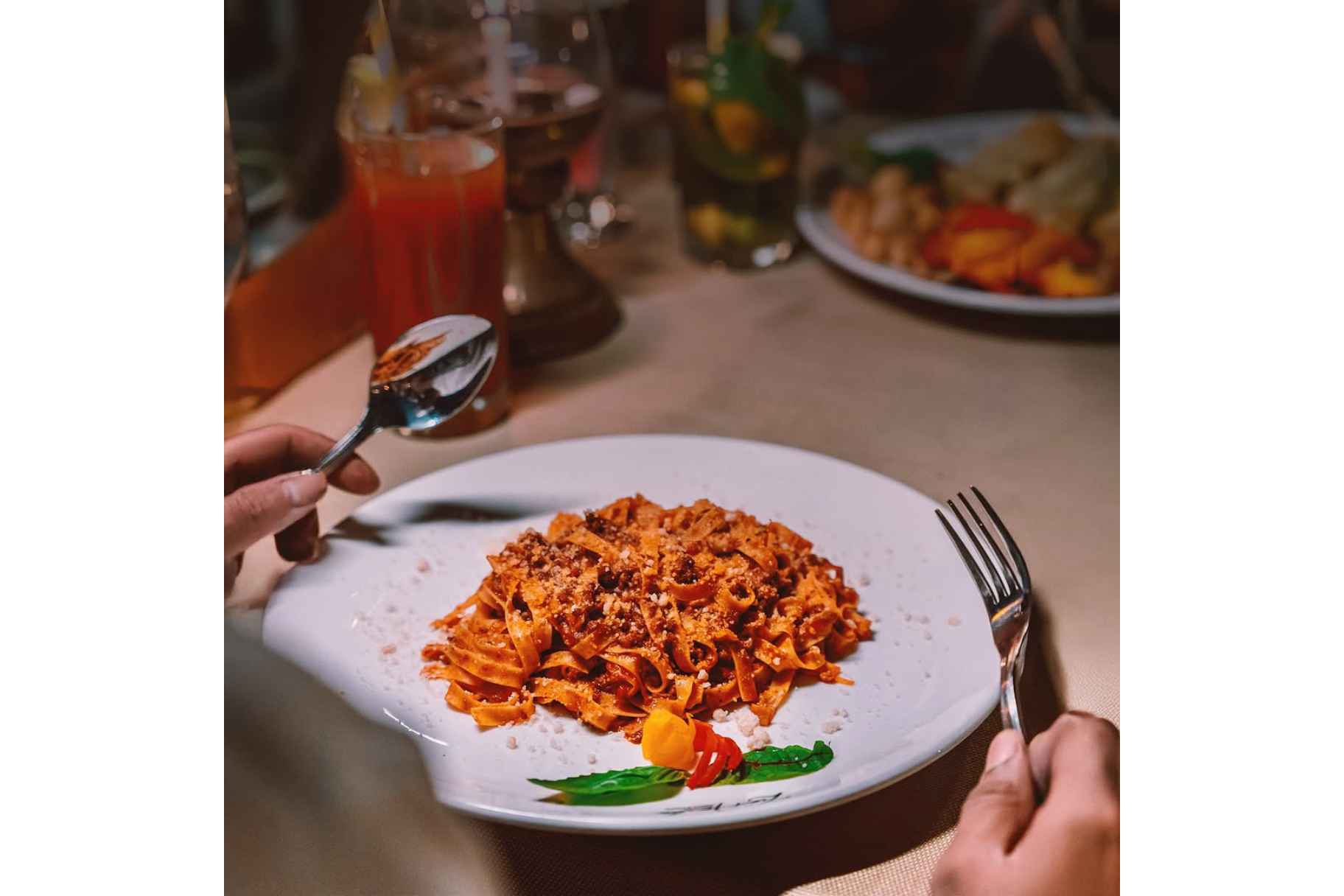
With locations in El Gouna and New Cairo, Zia Amelia is celebrated for its commitment to traditional Italian recipes. Owned and managed by Neapolitan couple Patrizia Guerini & Riccardo Bulgarelli, the ambiance mirrors a cozy Italian trattoria, and dishes like their homemade gnocchi and Tagliatelle al Ragù transport diners straight to Italy.
Pier 88:
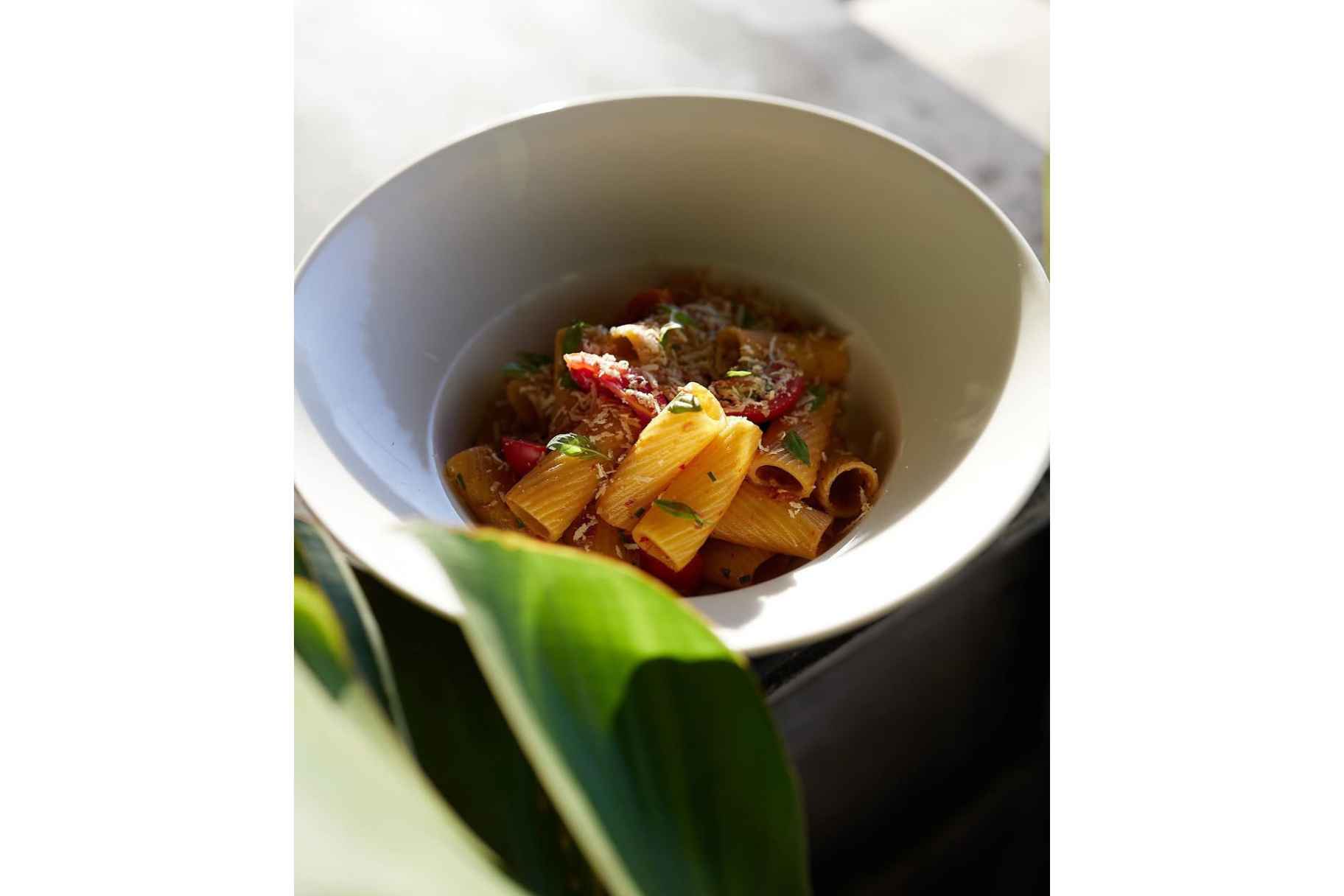
El Gouna makes a second entry on this list with Pier 88, which offers a fusion of Italian and Mediterranean cuisines. Their pasta dishes, such as Linguine ai Frutti di Mare, showcase fresh seafood paired with perfectly cooked pasta. When it comes to the carbonara, you can argue that no other restaurant does it better than Pier 88. The waterfront setting enhances the dining experience, making it a favorite among locals and tourists alike.
Piccolo Mondo:
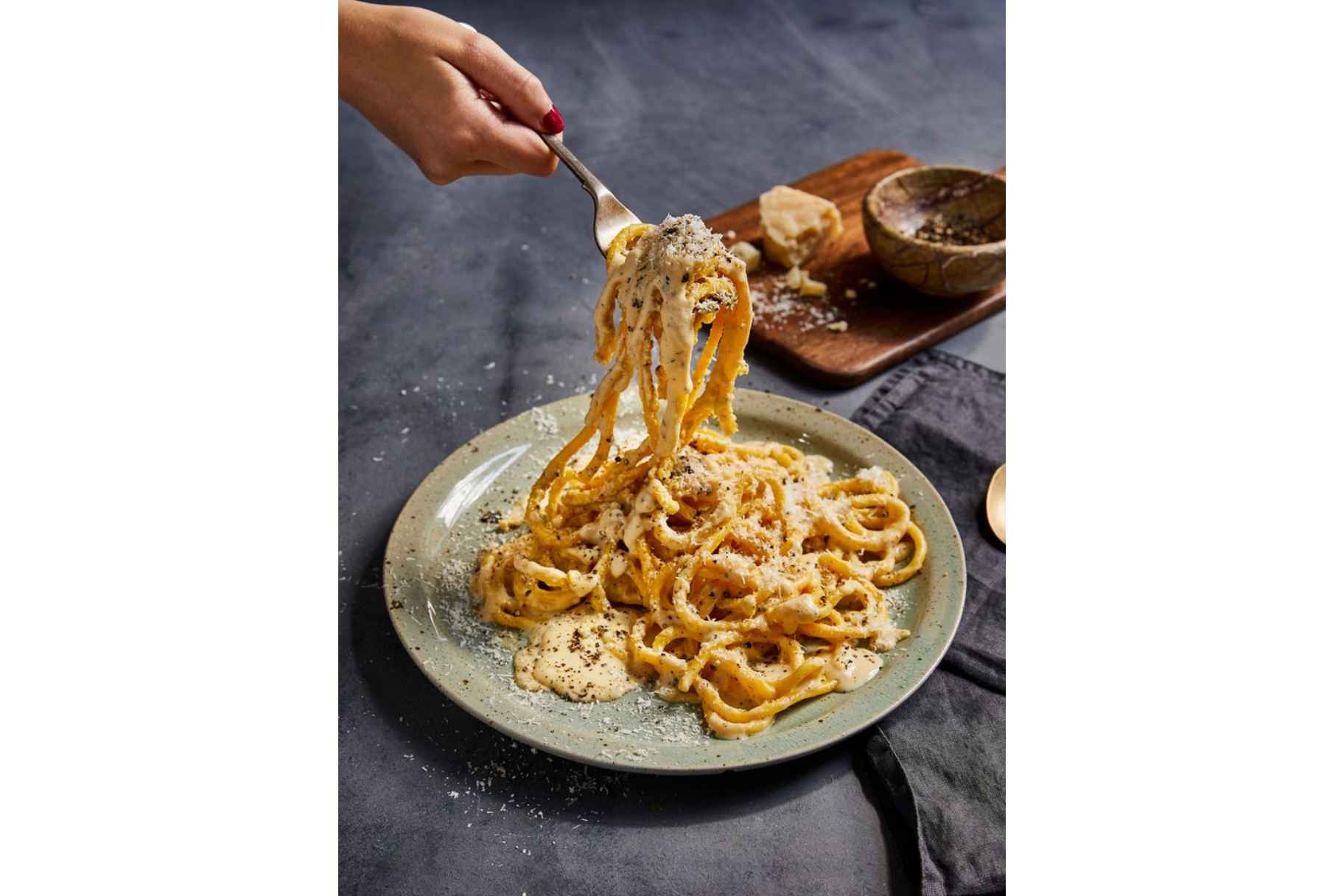
Located in Cairo, Piccolo Mondo has been a staple for Italian cuisine enthusiasts. Their extensive pasta menu features classics like Spaghetti Carbonara and Penne Arrabbiata. The restaurant's longstanding reputation is built on consistent quality and a warm, inviting atmosphere.
Pastini:
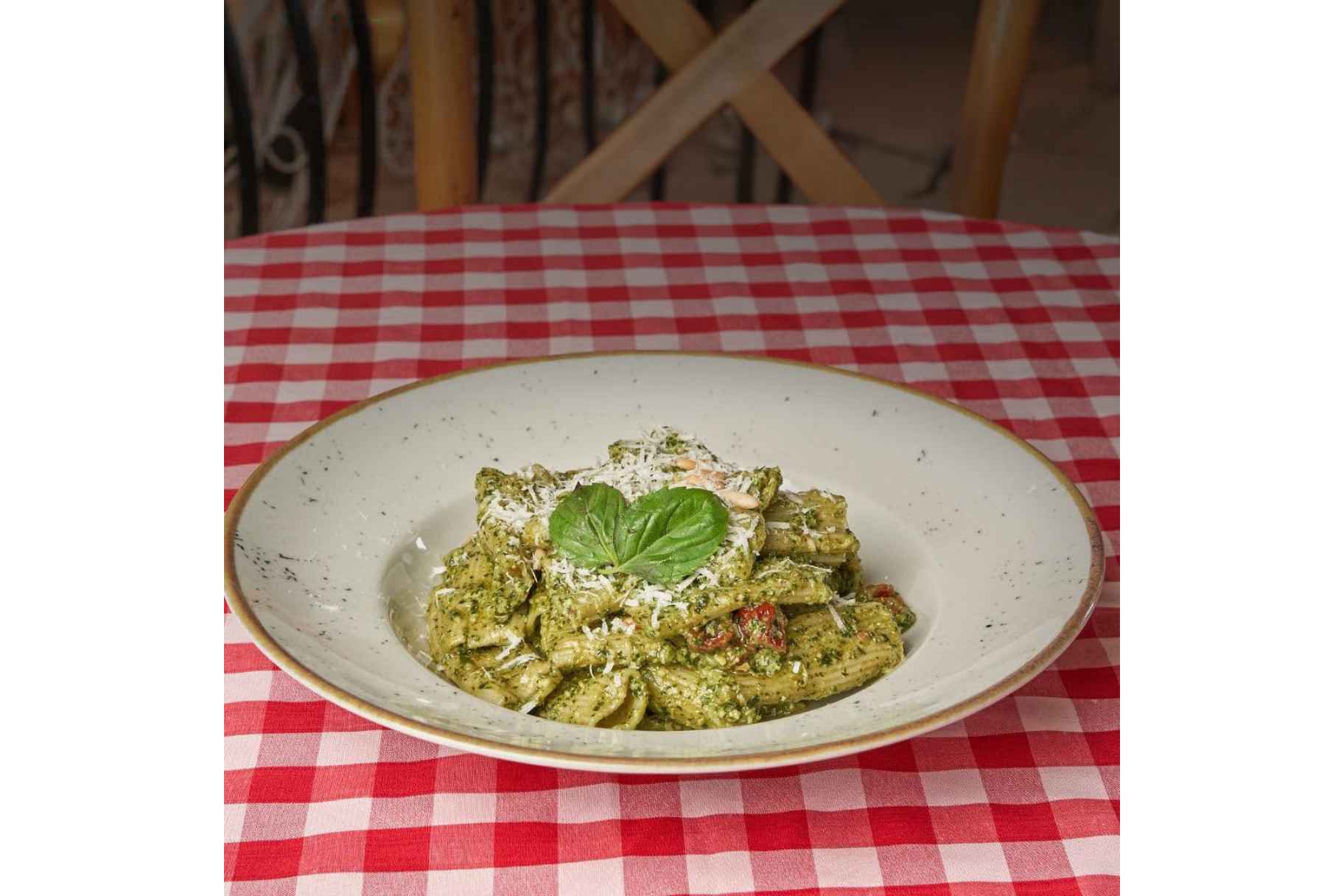
Found in New Cairo, Pastini is known for its artisanal pasta, made fresh daily. They are among the only places that serve pappardelle, a unique pasta shape that looks like very broad fettuccine. Chef Yahia Medhat’s dedication to traditional techniques ensures only the most authentic take on pasta.
- Previous Article B Laban Will Serve Its Ramadan Drinks In ‘Ollas’
- Next Article Who’s Zeinab & Why Do We Gorge on Her Fingers Every Other Weekend?
Trending This Month
-
Nov 15, 2025
-
Nov 17, 2025




